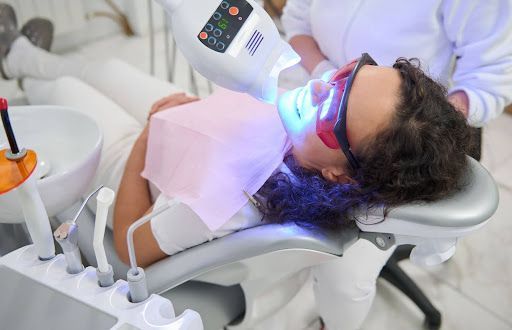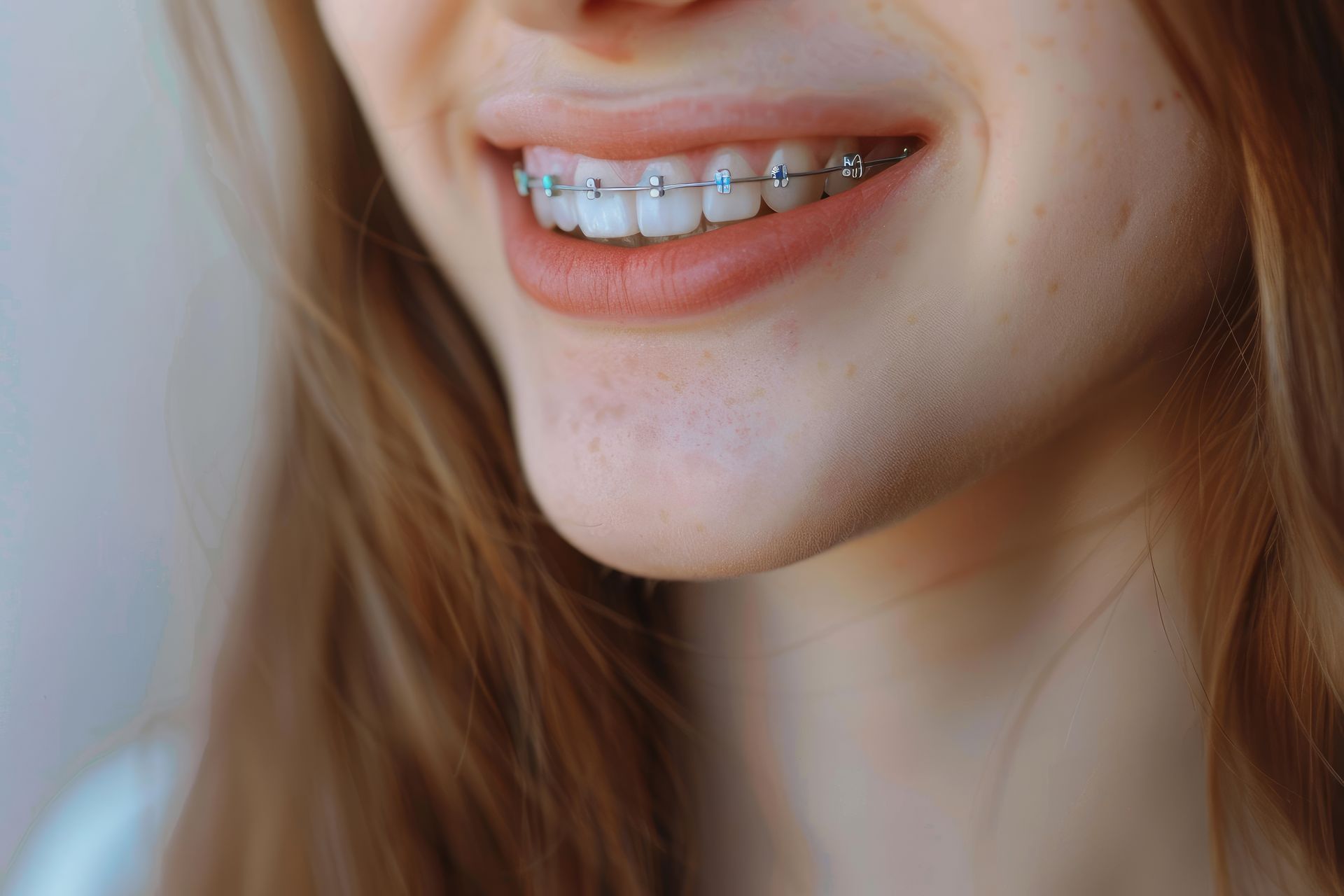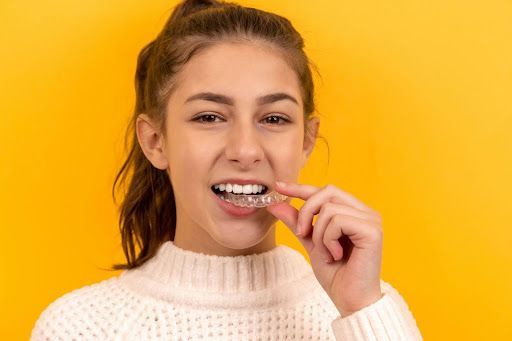Orthodontic Care: A Comprehensive Guide to Daily Routines and Community Support
Starting the day with a structured routine is essential for orthodontic patients. Whether using braces or Invisalign, maintaining a consistent morning routine ensures optimal oral health. Effective oral hygiene practices are crucial in preventing issues such as cavities and gum disease, which can complicate orthodontic treatment.
Brushing is a cornerstone of oral care. For those with braces, using a soft-bristled toothbrush and orthodontic-friendly toothpaste is recommended to clean around brackets and wires effectively. Electric toothbrushes can also be beneficial, as they often provide a more thorough cleaning. Patients with Invisalign should brush their teeth after every meal before reinserting their aligners.
Flossing is another vital component of oral hygiene. Traditional floss can be challenging with braces, so many orthodontists recommend floss threaders or orthodontic-specific floss picks. Interdental brushes are excellent tools for cleaning between teeth and around brackets. For those using Invisalign, regular flossing helps remove food particles and plaque that can become trapped beneath aligners.
Mouthwash and fluoride treatments play a supportive role in oral health. Using a fluoride mouthwash can help strengthen enamel and protect against cavities. Orthodontic patients should consult with their orthodontist to select an appropriate mouthwash that complements their oral care routine.
Navigating Meals: Dietary Adjustments and Tips
Dietary adjustments are often necessary for orthodontic patients to protect their appliances. Braces wearers should avoid sticky or hard foods that can damage brackets and wires. Chewing gum, caramel, and hard candies are common culprits that should be avoided. Instead, consider softer alternatives like yogurt, pasta, and ripe fruits.
For those with Invisalign, the dietary restrictions are less stringent, but it is still important to avoid consuming food or drinks other than water while wearing aligners. This helps prevent staining and damage to the aligners.
Preparing braces-friendly meals at home can be simple with some planning. Opt for cooked vegetables instead of raw, and cut fruits into smaller, manageable pieces. When dining out, choose dishes that are easy to chew and won't damage your appliances. For more detailed dietary guidelines, you can refer to
[orthodontic dietary guidelines](https://www.aaoinfo.org/).
Managing Discomfort: Tips for Relief Throughout the Day
Orthodontic treatment can sometimes cause discomfort, particularly after adjustments. Common issues include sore teeth and mouth ulcers. Orthodontic wax can be applied to brackets to prevent irritation. Over-the-counter pain relievers like ibuprofen can help manage discomfort, but it's important to follow the dosage instructions.
Saltwater rinses are a natural remedy that can soothe sore gums and reduce inflammation. Mixing a teaspoon of salt in a glass of warm water and rinsing for 30 seconds can provide relief.
Regular orthodontic check-ups are crucial in addressing any persistent issues. These appointments allow orthodontists to monitor progress and make necessary adjustments to the treatment plan.
Oral Hygiene on the Go: Maintaining Cleanliness During Busy Days
Maintaining oral hygiene throughout the day is essential, especially for students and professionals with busy schedules. Portable dental kits, including a travel-sized toothbrush, toothpaste, and floss, are convenient for on-the-go cleaning. Invisalign users should carry their case and cleaning supplies to ensure they can clean their aligners when not in use.
Rinsing with water after meals and snacks can help remove food particles and prevent plaque build-up. This simple step is beneficial for both braces and Invisalign wearers.
Balancing Orthodontics with Daily Activities
Integrating orthodontic care into daily routines can be challenging, but it is manageable with effective time management. Scheduling regular times for oral hygiene and planning appointments in advance can help maintain consistency. Students and professionals can use reminder apps to keep track of appointments and treatment schedules.
Evening Routine: Preparing for a Restful Night
A thorough evening oral hygiene routine is crucial for preventing cavities and gum issues. Brushing and flossing before bed helps remove food particles and plaque accumulated throughout the day. Retainers and Invisalign trays should be worn as directed by the orthodontist during sleep.
Relaxation techniques, such as using a warm compress, can ease discomfort before bed. This can be particularly helpful after adjustments or when experiencing soreness.
Community Support: Engaging with Local Orthodontic Communities
Connecting with local orthodontic support groups can provide valuable resources and encouragement. In Omaha, Fremont, and Elkhorn, patients can find support through community groups and online forums where they can share experiences and advice. Engaging with these communities can enhance the orthodontic journey.
For local resources, consider joining
[local orthodontic community groups](https://www.meetup.com/topics/orthodontics/us/ne/omaha/).
Embracing the Journey: Positive Mindset and Long-Term Benefits
Maintaining a positive outlook on the orthodontic journey is important. Focusing on the end results, such as a healthy, confident smile, can motivate patients to adhere to their treatment plans. The psychological benefits of achieving a beautiful smile include improved self-esteem and confidence.
Success stories from former patients can inspire those currently undergoing treatment. These stories highlight the long-term benefits of orthodontic care, such as improved oral health and enhanced quality of life.
Cultural and Geographical Considerations in Orthodontic Care
Cultural practices and regional cuisine in Omaha, Fremont, and Elkhorn may influence dietary adjustments for orthodontic patients. Understanding these influences can help patients make informed choices about their diet and oral care.
Access to orthodontic care in these areas is generally available, with several practices offering comprehensive services. Local events and initiatives often promote dental health and awareness, providing additional support for patients.
Future Trends in Orthodontic Care
Emerging technologies and innovations are shaping the future of orthodontics. Advancements such as 3D printing and AI-driven treatment plans are improving the patient experience and treatment outcomes. Tele Orthodontics is expanding access to care, particularly for remote or underserved areas.
These trends are enhancing the quality of care and making orthodontic treatment more accessible and efficient.
Debunking Myths: Common Misconceptions About Orthodontics
There are several misconceptions about orthodontic treatment that need addressing. One common myth is that braces are only for children. In reality, orthodontic treatment can benefit individuals of all ages.
Patients should seek advice from qualified orthodontists to obtain accurate information and dispel myths. Expert opinions can provide clarity and confidence in the treatment process.
The Role of Orthodontists in Patient Education and Support
Patient education is a key component of successful orthodontic treatment. Orthodontists play a crucial role in providing personalized care plans and maintaining regular communication with patients. Building a strong patient-practitioner relationship enhances treatment outcomes and ensures patient satisfaction.
Local News and Events Related to Orthodontics
In Omaha, Fremont, and Elkhorn, local news and events often focus on orthodontic advancements and dental health awareness. Community partnerships support orthodontic education and improve access to care for residents.
These initiatives highlight the commitment to improving oral health and the overall well-being of the community.
Conclusion: Navigating Orthodontic Care with Confidence
Orthodontic care is a journey that requires commitment and a proactive approach. By maintaining a well-rounded daily routine and engaging with local communities, patients can navigate their treatment with confidence. The support from local orthodontic professionals and community groups ensures that the journey leads to lasting benefits, both aesthetically and in terms of oral health.












